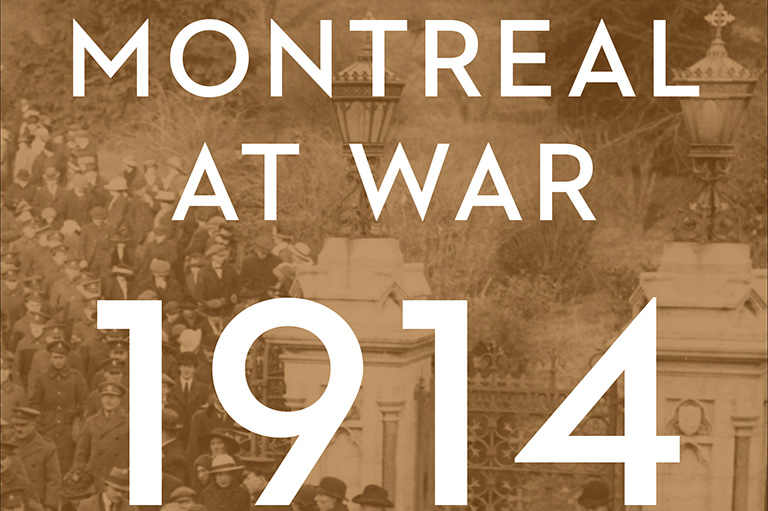Thinking Big

Thinking Big: A History of the Winnipeg Business Community to the Second World War
by Jim Blanchard
Great Plains Publications
252 pages, $24.95
With so many stories of the men whose names still adorn the buildings and mark the streets of Winnipeg’s Exchange District, Thinking Big feels at times like a guided historical tour through the area. Jim Blanchard’s book is most definitely a story of men and their businesses, but it’s also a very readable history of Winnipeg’s evolution from the early days of the fur trade up to the 1940s.
Blanchard, an author and former president of the Manitoba Historical Society, is very familiar with his topic, having published three other books on this period of the city’s history. As a result, he does a masterful job of weaving a timeline through Winnipeg’s many business booms and busts.
Thinking Big explores the arrival of the first white settlers and their negotiated relationships with Indigenous nations in the region. It also covers the construction of the Canadian Pacific Railway and corresponding land speculation; the rise of the grain economy; the emergence of organized labour; and persistent efforts to industrialize Winnipeg’s economy, including during a world war and a global depression.
Blanchard devotes many pages to stories surrounding the development of the city’s public utilities. Among them, there is a brief but informative section regarding events leading up to the contentious acquisition of a site on Shoal Lake, on the Manitoba-Ontario border, for Winnipeg’s main water supply — something that left the Shoal Lake 40 First Nation without its own drinking-water supply. The book also details the evolution of Winnipeg Electric, which began as a street railway company and which most of the city’s business community saw as essential to attracting manufacturing to the city — the company opened Manitoba’s first hydroelectric dam at Pinawa in 1906. Meanwhile, Winnipeg-based North Star Oil grew to have three hundred service locations across the prairies by 1930.
Blanchard also illustrates how, as it sought to drive economic growth in the city, Winnipeg’s business community was closely aligned with civic interests. Drawing upon minutes of city meetings, presentations, and other records, he points out that the business-led entities established in the late 1800s, such as the Board of Trade and the Grain Exchange, played an influential role in directing the city’s future.
The Board of Trade, for example, was key to ensuring that the CPR came through Winnipeg, rather than Selkirk, Manitoba, and the board later used its considerable clout to negotiate and to protect preferred shipping rates for Winnipeg wholesalers as the railway expanded westward. The Board of Trade also worked to organize the burgeoning wheat industry through the establishment of the Grain Exchange. The exchange’s membership, which largely consisted of grain traders and elevator owners, saw the importance of bringing early order and efficiency to pricing. However, regulation of the industry ultimately produced friction between producers, marketers, and government that lasted for the next hundred years.
Blanchard also explores the role the Board of Trade played in establishing the Committee of 1000, a secretive citizen’s committee formed to counter the 1919 Winnipeg General Strike by organizing to replace workers throughout the city. After the strike ended, the same group thwarted efforts by the strike leaders to secure positions on the city council.
Thinking Big examines the age-old question of why Winnipeg, so often at the precipice of establishing itself as a major economic hub for North America, has seemingly fallen just short of its greatest expectations — but Blanchard doesn’t really provide an answer. Nonetheless, his book sheds light on the many people who, like investor and deveoper Augustus Nanton, felt that Winnipeg “had enormous potential and should not be written off.” Indeed, Nanton was just one of many trailblazers who came to the city looking for fortune and success and who found so much more. For them, Winnipeg became their home community, a place that enticed them to stay and to preserve in thinking a bigger future for the city.
Themes associated with this article
Advertisement




